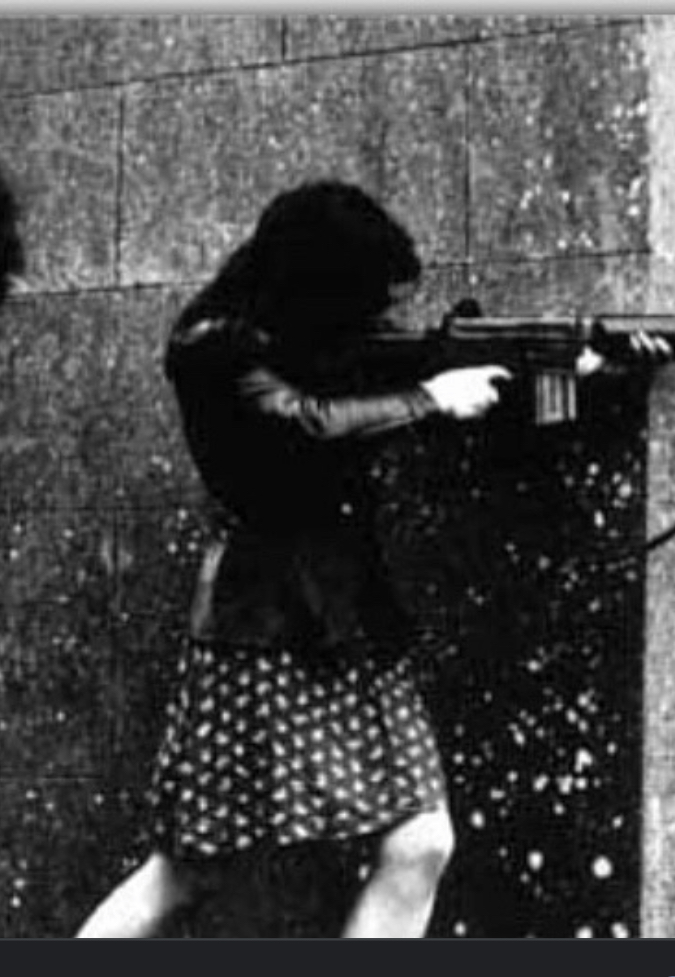Hi! My long project will be a work-in-progress website, hosted at the gc commons. I want to use this an auto/duo/multi-ethnographic exercise for myself and others to tell and collect stories. This will be a living tool where I can work through thoughts and ideas of my academic work, but not divorced from the stories of and by people who I am connected with and studying – including myself. I don’t want to just collect information though. It is important for me to collect, document and present as a part of my method – so that stories – people – who are not in the “final” project/thesis are not just left on the cutting room floor.
The goal is to apply to the grad center’s PHD program in either Sociology or Anthropology and use ethnographies as the foundational method for my research of a comparative anti-colonialist history of Nicaraguan and Irish militant mothers. Below is an abbreviated version of what I have written about in the “Why Stories” page of my website mentioned and linked above.
Key Texts
The Death of Luigi Trastulli: Memory and the Event (1991 SUNY Press) by Alessandro Portelli, “…Oral sources…are not fully reliable in point of fact. Rather than being a weakness, this is however their strength: errors, inventions, and myths lead us through and beyond facts to their meanings.’ (2) The timeline and details of the death of Trastulli are not as important as “the fact that it became the ground upon which collective memory and imagination built a cluster of tales, symbols, legends, and imaginary reconstructions” (1) Many narrators of the story don’t think that Trastulli died in 1949, but in 1953 during a massive labor protest. (14) “Trastulli’s death was such a dramatic shock that it created a need for adequate circumstances. (15)
“What Are the Iranians Wishing For? Queer Transnational Solidarity in Revolutionary Iran” by Sara Mameni, is an intimate dive into the experience of Kate Millet’s tape recordings and her photographs taken when she and her lover traveled to Iran in 1979. From the tapes, Mameni deduced that Millett had not received with the kind of enthusiasm she had expected, and wondered aloud “What are the Iranian women wishing for.” She felt side-lined and wanted to be a part of “their” movement. (958) A big part of her expectations came from her mother back in the United States who was recorded repeatedly calling her “mothers perfect warrior.” (974) “Millet held that her own presence in Iran was inevitable since Iranian women were not merely involved in a national uprising but were spearheading a global feminist movement at whose forefront Millett imagined herself. In this light, Millett’s casual remark about what Iranian women might be wishing for can be read as a desire to incorporate her body into their world and a longing for intimacy, alliance, and global sisterhood. Her words ex- press her displacement within Iranian women’s uprising and her inability to transform “their” protest into “our” global feminist revolution.” (959)
The Three Mothers: How the Mothers of Martin Luther King Jr.m Malcom X, and James Baldwin shaped a Nation, by Anna Malaika Tubbs unearths the buried stories of the mothers of national heroes. She does not just tell their stories of motherhood, but she honors their lives as complete individual people. “Highlighting their roles as mothers does not erase their identities as independent women. Instead, these identities informed their ability to raise independent children…” (6). Tubbs combats “erasure, misrecognition and historical amnesia” by recognizing the multi-faceted stories of these black women and argues “this writing is even more needed and holds even more power, when thinking about groups who have historically been erased and misrepresented, groups who have kept from telling our side, groups who suffer the repercussions of such exclusion to this day, and group who continue to resist all of this.” (6,10).
Partners in Conflict: The Politics of Sexuality, Gender and Labor in the Chilean Agrarian Reform, 1950-1973 by Heidi Tinsman emphasized the importance of transformations in ideology (even when practice did not match discourse) and her long-term view. She explains the remarkable feminist agency of Chilean women agricultural workers in 1991—just after the fall of Pinochet’s seventeen-year military dictatorship—as a legacy of “an earlier utopian moment: the radical populism of Chile’s Agrarian Reform between 1964 and 1973.” When studying the Nicaraguan Revolution and the Irish Troubles —like the Chilean Revolution—political defeat and reversal of economic gains must not erase recognition of the longer-term significance of transformations in consciousness.
“The Cultural Politics of Emotion”, by Sara Ahmed’s argued that demanding national shame rather than personal guilt is important for the process of healing. Women have always been tasked with healing. Recovery rather than forgetting the traumas of the past which are defined as both personal and national. In Ireland, the home represented the marriage of father God and mother Ireland – but for revolutionary Irish women “Our family motto wasn’t ‘For God and Ireland,’ Ireland came before God.”
Adding…but I have questions….is everything I quote a key text? Is a key text only for the structure of my framework, or also an anchor of my evidence? Is this like an annotated bibliograghy or JUST a definition of my methods? Methods are the verb and framework is the noun right?
Framework
These texts create the framework that memory is a weapon against erasure and a tool for healing, individual narratives create national memory, and it begins in the home with our mothers and families.
So What?
This project matters to me because the home is the catalyst for revolutions and rebellions. To tell the story of activism, or organizing, without a kitchen table would be futile. However, women’s participation in those political acts is continuously and consistently missing from the retelling of revolutions outside the home. There is an inherent and purposeful divorce between the home and the nation that codifies women’s exclusion from political rhetoric.
When I first began researching private versus public spheres, I knew that they were innately gendered. The world around me defined that for me every day of my life. The way chores were divided boys took the garbage out and did yard work, girls did the dishes and laundry. The line was drawn around girls at birth. What took me a couple of degrees to figure out was that these lines are geographical structures with borders like nation-states.
Kitchens are nation-states. There is an absolute monarchal nature to the power wielded out of kitchens – power divinely granted to employ responsibly – because women in kitchens are the engines of resistance. Angela Davis in Reflections on the Black Women’s Role in the Community of Slaves, describes revolts as only the tip of the iceberg. Resistance expressed itself in the seemingly trivial forms of….”daily minor acts of sabotage that harassed the slave master to no end. The slave system had to deal with the black woman as the custodian of the house of resistance. Black women often poisoned food and set fire to the houses of their masters” (Davis 86-87).
While women poisoned masters, they cured communities because they alone held the recipes of remedies. This constant work – these daily acts of resistance is the bedrock of revolution. It is also the fundamental way that women acted locally in their homes and affected national movements.
My research question is: erm….idk. I am currently working with…..
Is academic research without incorporating storytelling and memories inherently unethical?
Why is it important for academics to uncover their own stories before they begin producing knowledge about others?
How do the stories that start at home create a national identity?
Does it matter what the “real” story is?



